What is that white powder on plants?
It’s a white colored fungus.
Its name is powdery mildew.
Powdery mildew appears as a white or grayish powdery coating on the leaves, stems, flowers, and fruit of plants.
The powdery substance is actually made up of fungal spores.
Powdery mildew is a common disease that can affect both indoor and outdoor plants, especially in areas with high humidity and moderate temperatures.
Some of the most commonly affected plants include roses, zinnias, cucumbers, squash, and grapevines.




It attacks many crops’ leaves.
It doesn’t need high humidity.
Unlike many other fungal diseases, powdery mildew does not require water on the plant surface for infection.
Instead, it thrives in dry conditions with high humidity, making it particularly problematic in warm, dry climates.
The fungi responsible for powdery mildew overwinter in plant debris or as resistant structures on infected plants, reactivating when conditions become favorable.
The fungus can cover all of the plant’s leaves.


Identifying powdery mildew early is crucial for effective management.
The symptoms of powdery mildew vary depending on the host plant, but some common indicators include:
White Powdery Spots:
The most recognizable symptom is the presence of white, powdery spots on the surfaces of leaves, stems, and sometimes flowers.
These spots often first appear on the upper side of leaves.
Curling and Distortion:
Infected leaves may exhibit curling, twisting, or distortion, leading to stunted growth.
Yellowing of Leaves:
As the disease progresses, infected leaves may turn yellow and eventually brown, leading to premature leaf drop.
Reduced Photosynthesis:
Powdery mildew can interfere with the plant’s ability to photosynthesize, reducing overall plant vigor and yield.








When the leaves are infected, they turn brown and shrivel.

affected plants may experience stunted growth, distorted leaves, premature leaf drop, and reduced fruit yield.
In severe cases, powdery mildew can cause the death of the plant.
It is recommended to use at least 3 kinds of different pesticides,
and alternate between them every 4 days,
in order to overcome pest’s resistance, and completely exterminate them.
For further information about this, read this post , and this post also.
There are 2 ways to eliminate Powdery mildew: Chemical, and organic.
Chemical:
Various fungicides are available for powdery mildew control.
Best pesticides for Powdery mildew,
Active ingredients:
| Triadimenol/Triadimefon | 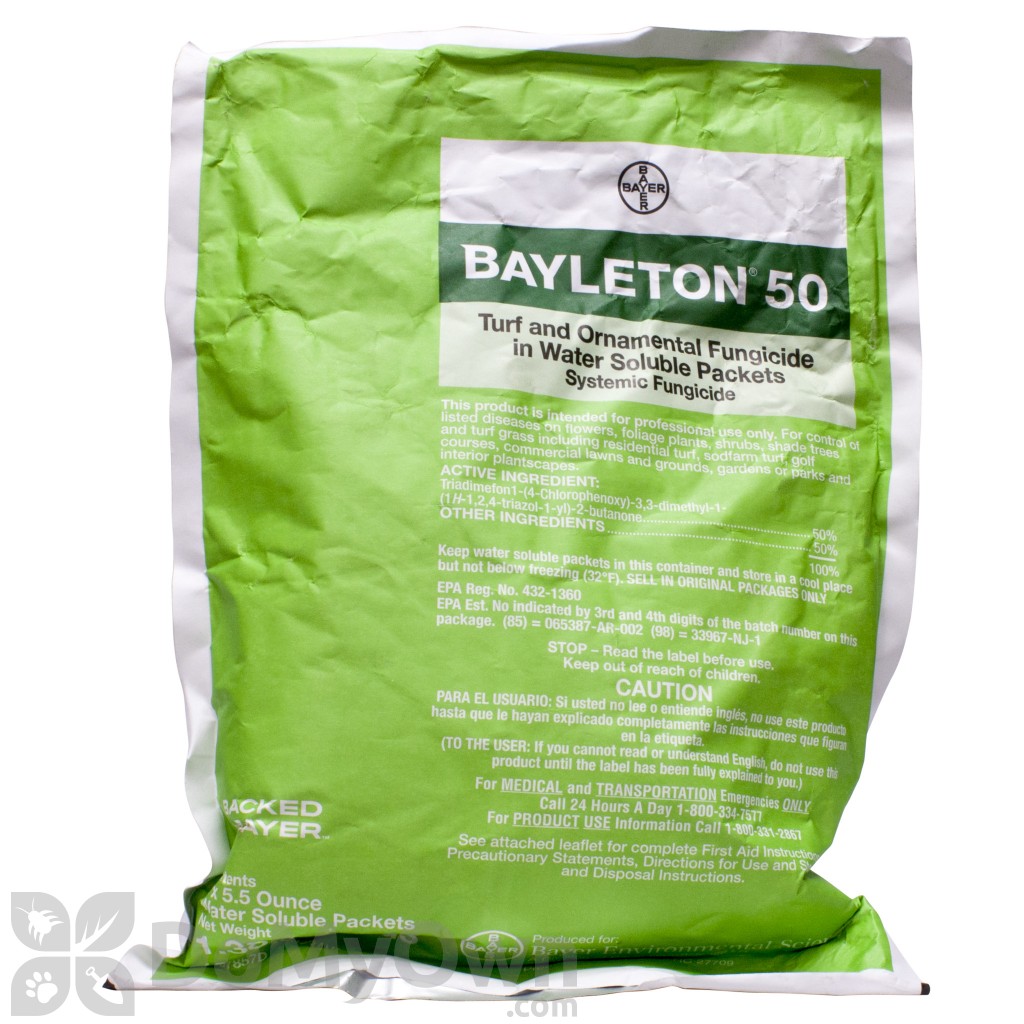 |
| Sulfur | 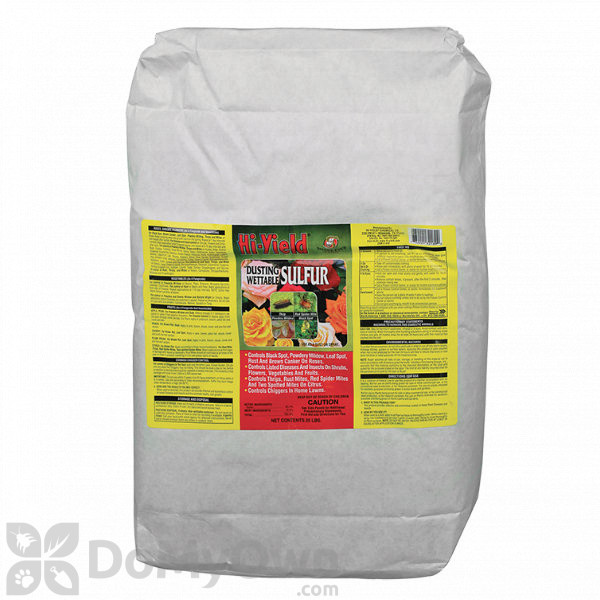 |
| Polyoxin | 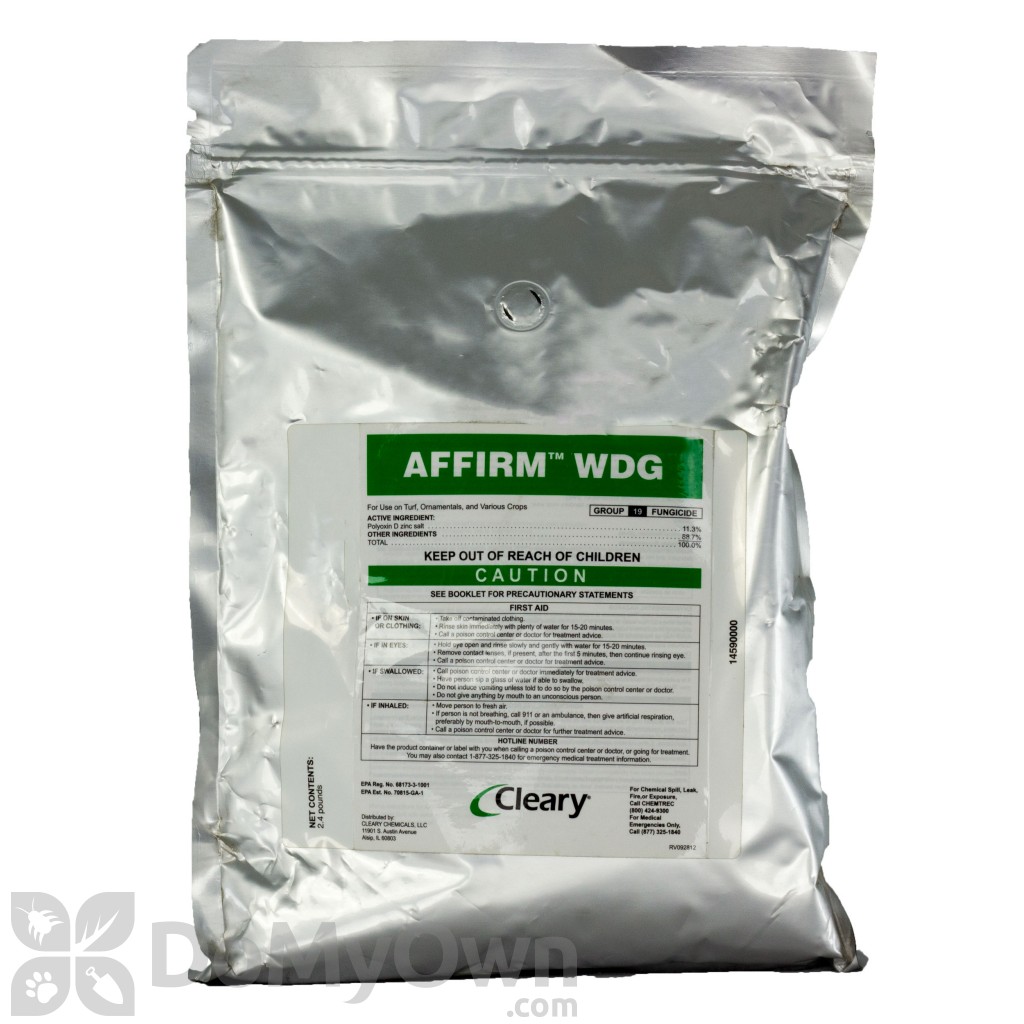 |
| Cyflufenamid | |
| Bupirimate | |
| Metrafenone | |
| Trifloxystrobin | 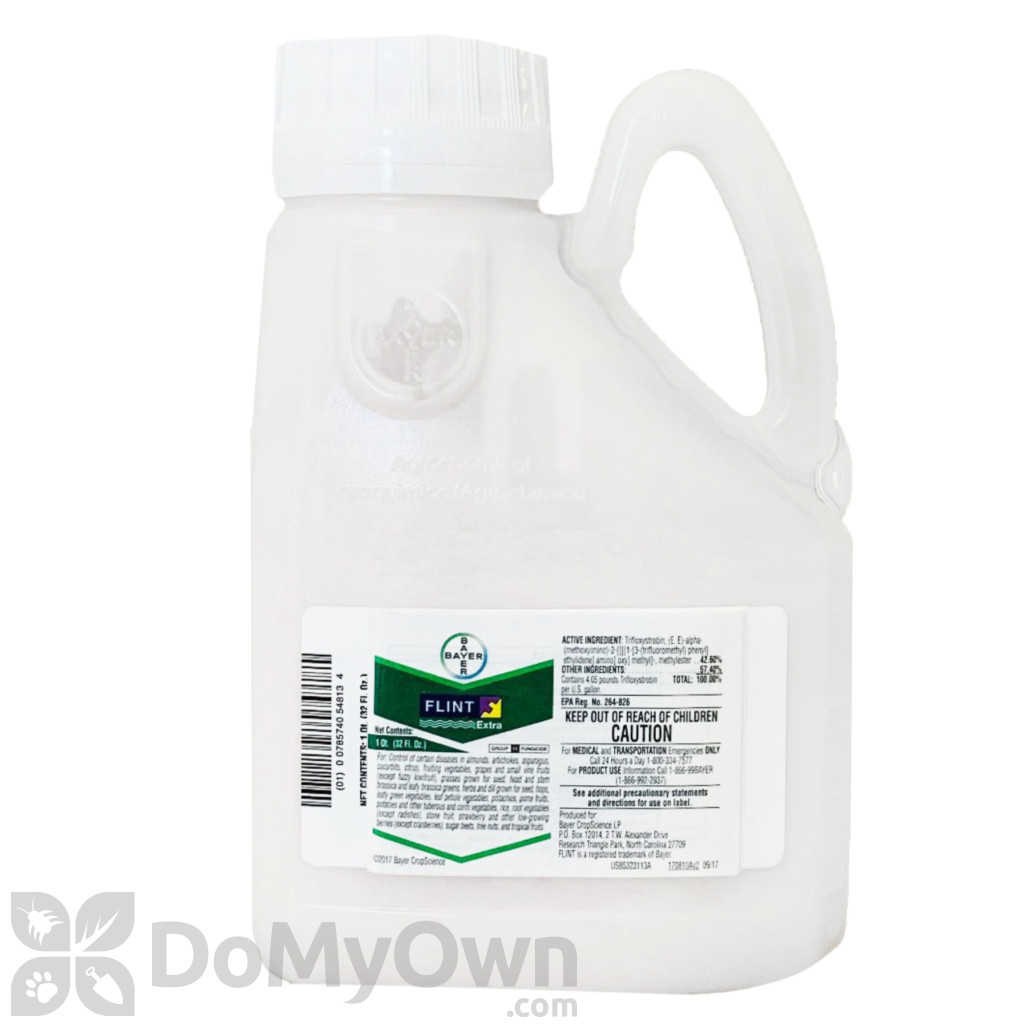 |
| Fluopyram | 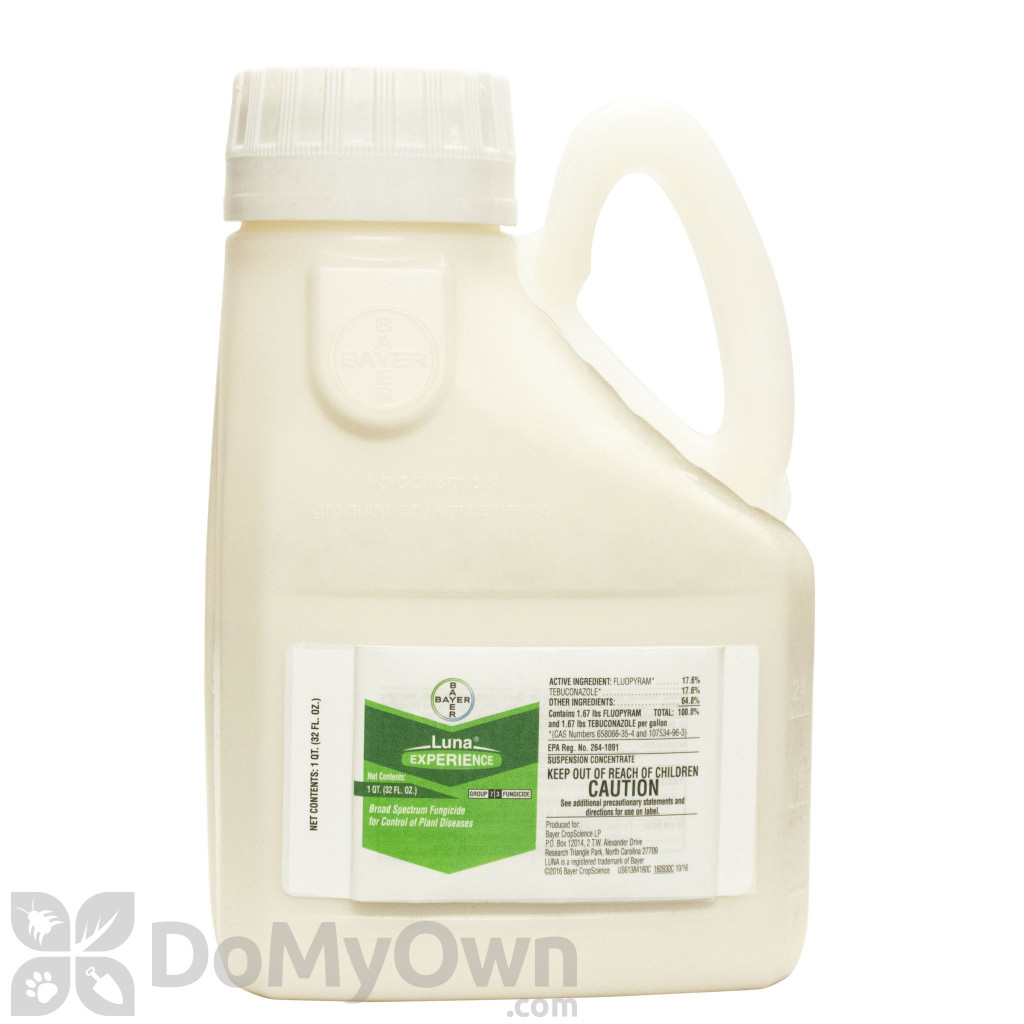 |
Organic:
Sulfur –
Sulfur-based fungicides have been used for centuries to control powdery mildew.
They work by inhibiting the growth of the fungus.
Sulfur is the best organic solution to powdery mildew.
It kills the spreading spores by disrupting respiration within their cells.
It does this either by residual action or, at higher temperatures, by volatilization.
Residual action requires direct contact with the spores.

Mineral oil
Covers the egg, larvae, nymph and adult stages, causing suffocation.
It leaves no toxic residue on plants.
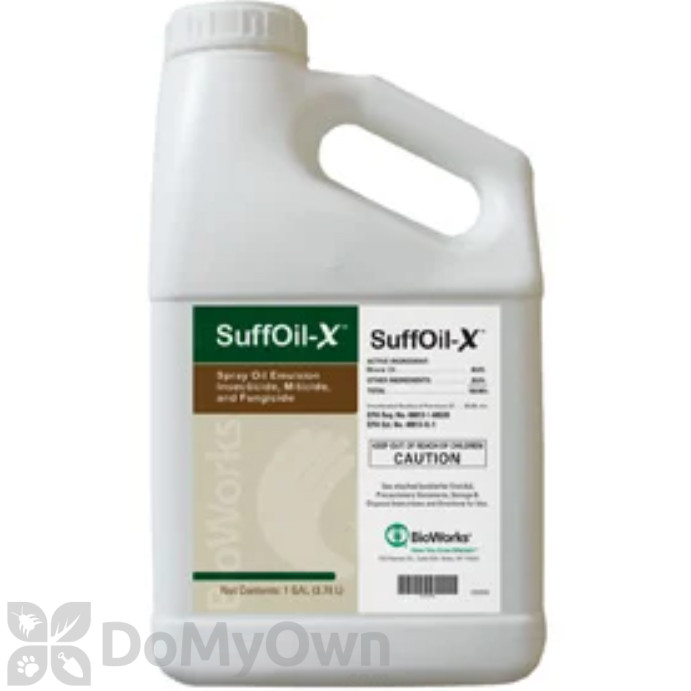
Bacillus Subtilis
A biological fungicide containing a strain of the bacterium Bacillus subtilis.
The bacterial spores occupy space on the plant surface, and compete with the pathogens; then active compounds called lipopeptides, produced by the bacterium, disrupt the germination, and growth of invading pathogens.
Due to this action, resistance is not likely to develop.
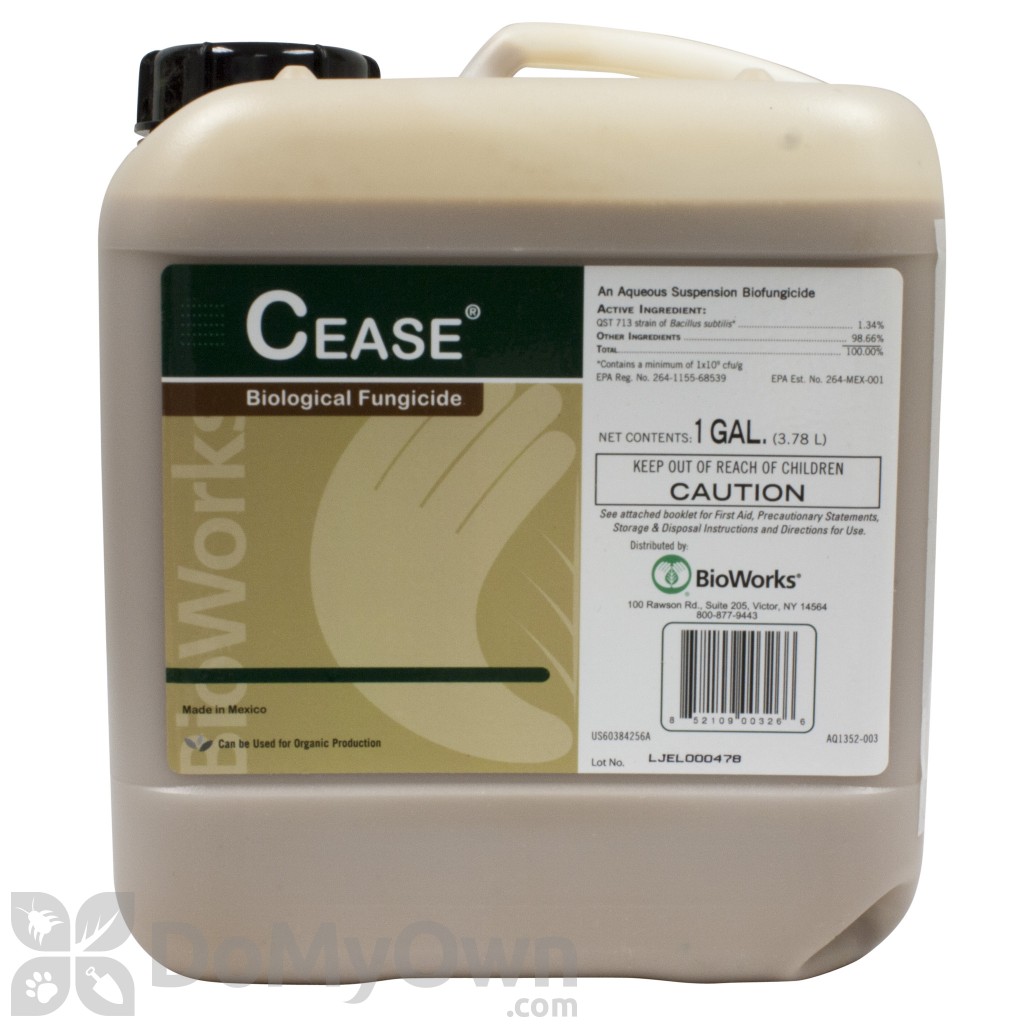
Neem oil
A naturally occurring pesticide, found in seeds from the neem tree.
Azadirachtin is the most active component here.
It reduces insect feeding and acts as a repellent.
It also interferes with insect hormone systems, making it harder for insects to grow and lay eggs.
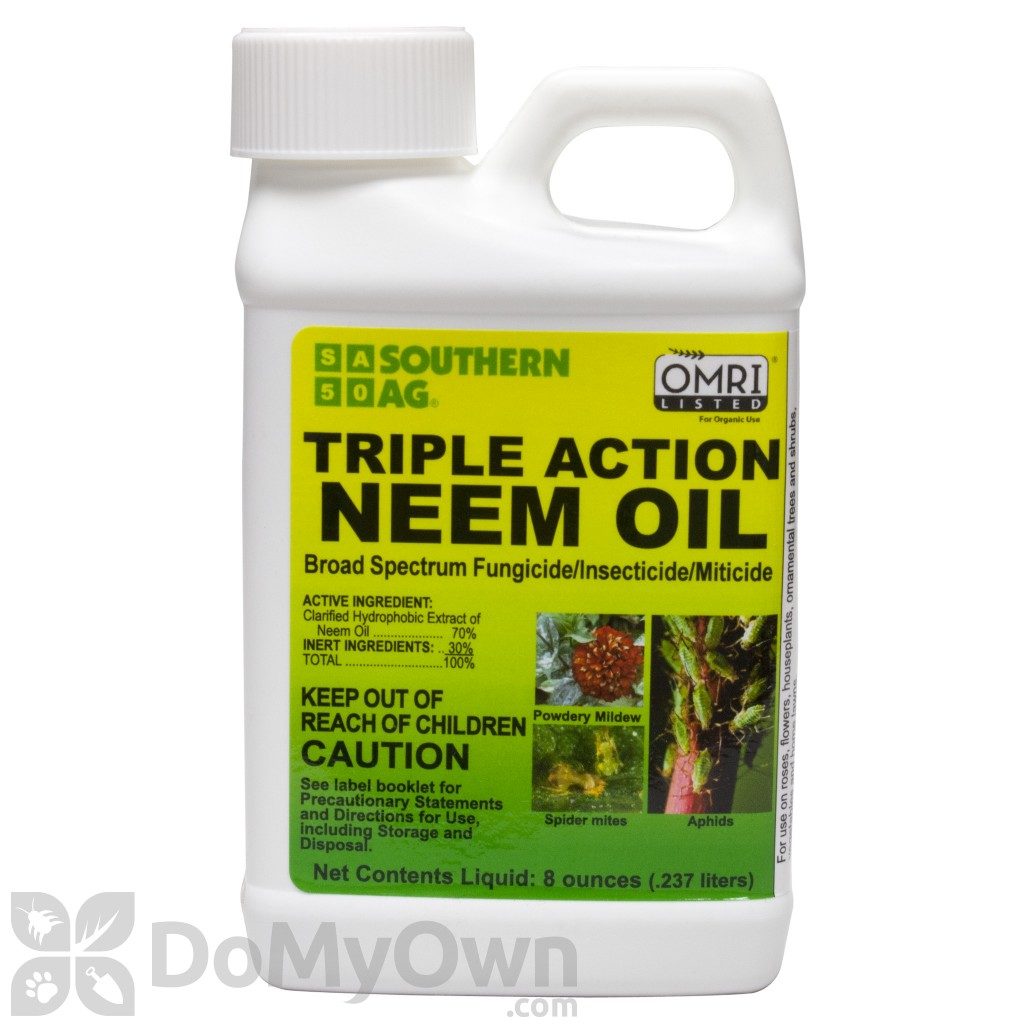
Milk Solution:
A mixture of milk and water (1:9 ratio) sprayed on plants has shown some efficacy in preventing and controlling powdery mildew.
Baking Soda Solution:
A solution of baking soda and water (1 tablespoon of baking soda per gallon of water) can be applied to infected plants.
This alters the pH on the leaf surface, creating an inhospitable environment for the fungus.
You might also like these articles:
- Pests and us
- How to Combat Pests During Growing Season: The Importance of Using Multiple Pesticides to Prevent Resistance and Maximize Yield
- How to differentiate between pesticides
- How to find your pesticide in a store
- Gray Mold: A Fungus That Damages Crops – Symptoms and Ways to Eliminate It with Chemical and Organic Pesticides
- How to terminate Late blight of tomato
- Protect Your Crops from Severe Downy Mildew Infestation with These Effective Pesticides: Organic and Chemical Options
- How to Identify and Treat Powdery Mildew on Plants: Chemical and Organic Solutions
- Tomato leaf mold
- Combatting Early Blight: Understanding and Treating Alternaria Leaf Spot in Tomatoes
- Maximizing Efficiency: How to Combine Pesticides to Control Multiple Crop Pests with One Spray
- Vegetable garden sprayer














